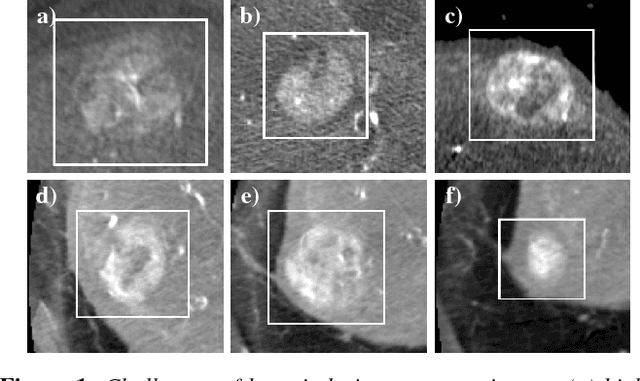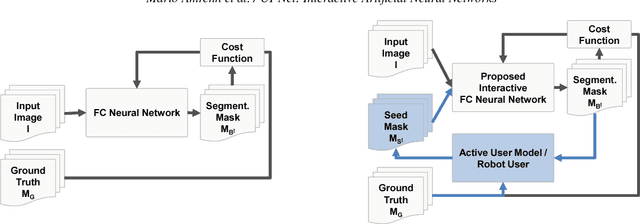Sven Gaube
AI Hazard Management: A framework for the systematic management of root causes for AI risks
Oct 25, 2023Abstract:Recent advancements in the field of Artificial Intelligence (AI) establish the basis to address challenging tasks. However, with the integration of AI, new risks arise. Therefore, to benefit from its advantages, it is essential to adequately handle the risks associated with AI. Existing risk management processes in related fields, such as software systems, need to sufficiently consider the specifics of AI. A key challenge is to systematically and transparently identify and address AI risks' root causes - also called AI hazards. This paper introduces the AI Hazard Management (AIHM) framework, which provides a structured process to systematically identify, assess, and treat AI hazards. The proposed process is conducted in parallel with the development to ensure that any AI hazard is captured at the earliest possible stage of the AI system's life cycle. In addition, to ensure the AI system's auditability, the proposed framework systematically documents evidence that the potential impact of identified AI hazards could be reduced to a tolerable level. The framework builds upon an AI hazard list from a comprehensive state-of-the-art analysis. Also, we provide a taxonomy that supports the optimal treatment of the identified AI hazards. Additionally, we illustrate how the AIHM framework can increase the overall quality of a power grid AI use case by systematically reducing the impact of identified hazards to an acceptable level.
UI-Net: Interactive Artificial Neural Networks for Iterative Image Segmentation Based on a User Model
Sep 11, 2017



Abstract:For complex segmentation tasks, fully automatic systems are inherently limited in their achievable accuracy for extracting relevant objects. Especially in cases where only few data sets need to be processed for a highly accurate result, semi-automatic segmentation techniques exhibit a clear benefit for the user. One area of application is medical image processing during an intervention for a single patient. We propose a learning-based cooperative segmentation approach which includes the computing entity as well as the user into the task. Our system builds upon a state-of-the-art fully convolutional artificial neural network (FCN) as well as an active user model for training. During the segmentation process, a user of the trained system can iteratively add additional hints in form of pictorial scribbles as seed points into the FCN system to achieve an interactive and precise segmentation result. The segmentation quality of interactive FCNs is evaluated. Iterative FCN approaches can yield superior results compared to networks without the user input channel component, due to a consistent improvement in segmentation quality after each interaction.
* This work is submitted to the 2017 Eurographics Workshop on Visual Computing for Biology and Medicine
 Add to Chrome
Add to Chrome Add to Firefox
Add to Firefox Add to Edge
Add to Edge